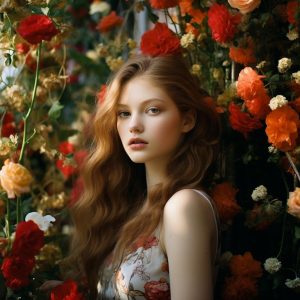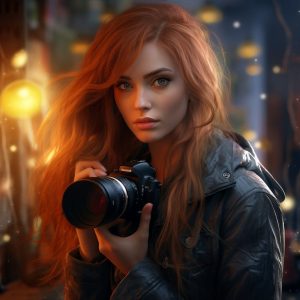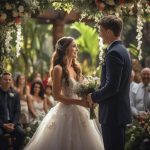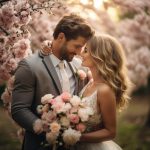If you’ve ever found yourself standing in front of a dazzling array of camera lenses, feeling a bit overwhelmed and wondering, “Which one is best for capturing stunning portraits?” — you’re not alone.
The world of photography is filled with choices, and picking the right lens can make all the difference in turning a good portrait into an extraordinary one. In this blog post, we’ll embark on a journey to demystify the art of selecting the perfect lens for portrait photography.
No complicated jargon or technicalities here—just a friendly guide to help you understand which lens suits your style and preferences.
Whether you’re a seasoned photographer or just starting out, we’ll explore the ins and outs of portrait lenses, making it easier for you to capture those beautiful, memorable moments. So, grab your camera, and let’s dive into the wonderful world of portrait photography!
Contents
- 1 What to Look for When Choosing a Lens for Portrait Photography
- 2 Wide-Angle Lenses for Portrait Photography
- 3 Telephoto Lenses for Portrait Photography
- 4 Zoom Lenses for Portrait Photography
- 5 Prime Lenses for Portrait Photography
- 6 Conclusion:
- 7 FAQs
- 7.1 What is the best focal length for portrait photography?
- 7.2 Can I use a kit lens for portrait photography?
- 7.3 What does aperture (f-stop) have to do with portrait photography?
- 7.4 Zoom or prime lens: which is better for portraits?
- 7.5 Should I consider the type of camera when choosing a portrait lens?
- 7.6 How important is image stabilization for portrait lenses?
What to Look for When Choosing a Lens for Portrait Photography
There are a few things to consider when choosing a lens for portrait photography. The most important factor is the focal length. A longer focal length will allow you to capture more of the background while a shorter focal length will allow you to get closer to your subject.
The next thing to consider is the aperture. A higher aperture will allow you to capture more light and produce a shallow depth of field. This is ideal for portraits because it will make your subject stand out from the background.
Another factor to consider is the size of the sensor. A full frame sensor will allow you to capture more light and produce a shallower depth of field. This is ideal for portraits because it will make your subject stand out from the background.
The final thing to consider is the price. Lenses can range in price from a few hundred dollars to a few thousand. It is important to choose a lens that is within your budget but also offers the features that you need.
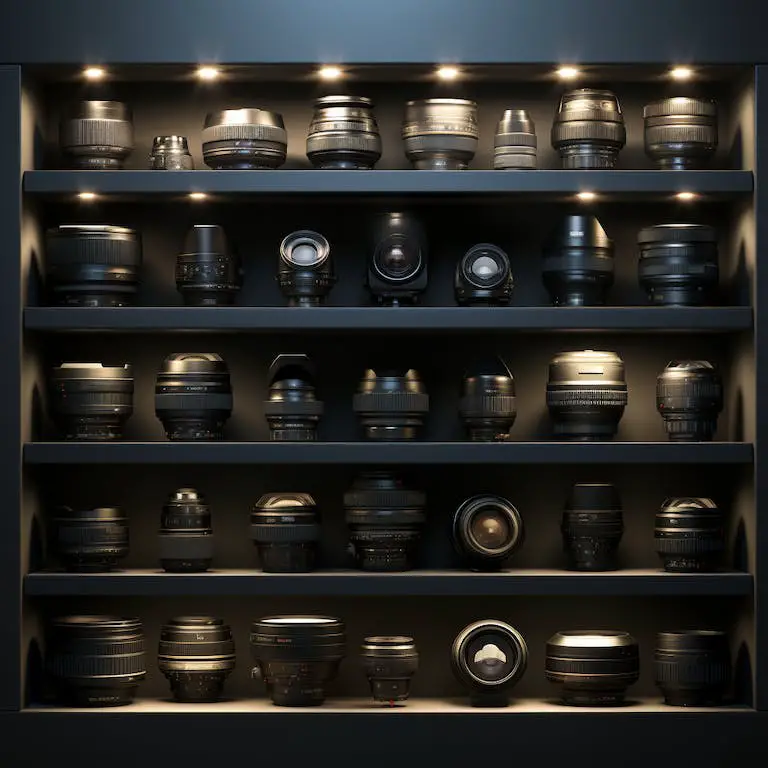
Wide-Angle Lenses for Portrait Photography
For a lot of people, wide-angle lenses are the go-to choice for landscape photography. But did you know that they can also be great for portrait photography?
If you’re looking to add some variety to your portrait photography, a wide-angle lens can be a great option. Here are a few things to keep in mind when using a wide-angle lens for portrait photography.
The most important thing to remember when using a wide-angle lens for portraits is that you need to be aware of the distortion. Wide-angle lenses create a lot of distortion, so you need to be careful of how you frame your shots.
If you’re shooting a close-up portrait, the distortion can be quite dramatic. If you’re further away from your subject, the distortion will be less noticeable.
Another thing to keep in mind is that wide-angle lenses have a tendency to make things look smaller. So, if you’re shooting a group photo, you might want to consider using a wide-angle lens to make everyone look closer together.
Finally, wide-angle lenses tend to have a shallower depth of field. This can be a great way to create some interesting portrait shots with a soft, blurred background.
So, if you’re looking to add some variety to your portrait photography, consider using a wide-angle lens. Just be sure to keep the distortion in mind and you’ll be able to create some amazing shots.
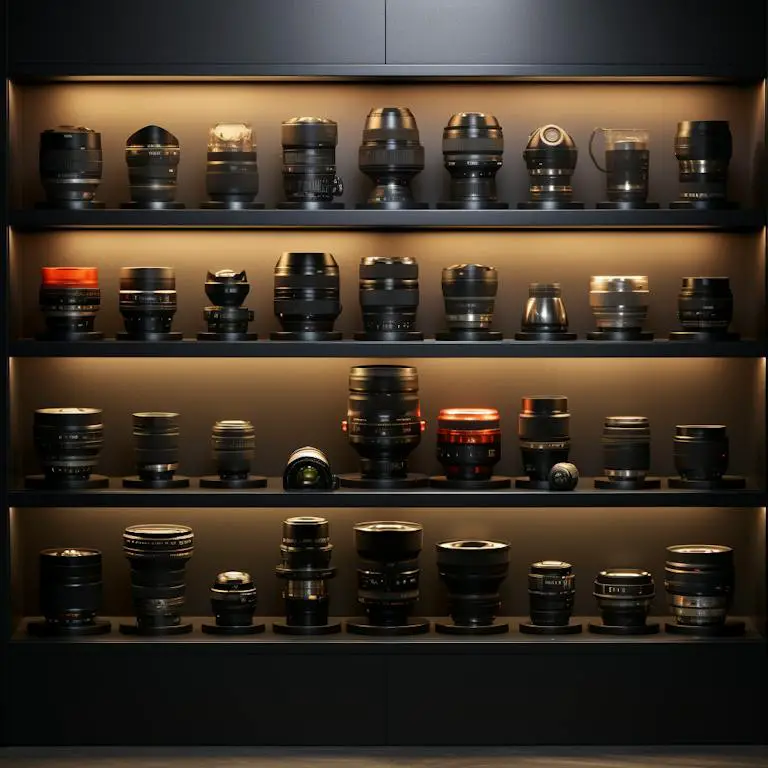
Telephoto Lenses for Portrait Photography
When it comes to portrait photography, having the right lens is essential in order to capture the perfect shot. There are a variety of lenses available on the market, but not all of them are ideal for portrait photography. telephoto lenses are some of the best options for this type of photography.
Telephoto lenses allow you to capture close-up shots without being too close to your subject. This is important because it allows you to capture detailed shots without making your subject feel uncomfortable. Additionally, telephoto lenses create a shallow depth of field, which is perfect for portraits.
There are a few different telephoto lenses available, so it is important to choose one that will work best for the type of portraits you want to take.
For example, if you want to capture close-up shots of your subject’s face, then a lens with a long focal length would be ideal. On the other hand, if you want to capture a full-body shot, then a lens with a shorter focal length would be better.
No matter what type of portrait you want to take, there is a telephoto lens that will help you capture the perfect shot. So, if you’re looking for the best lens for portraits, be sure to check out the telephoto options!
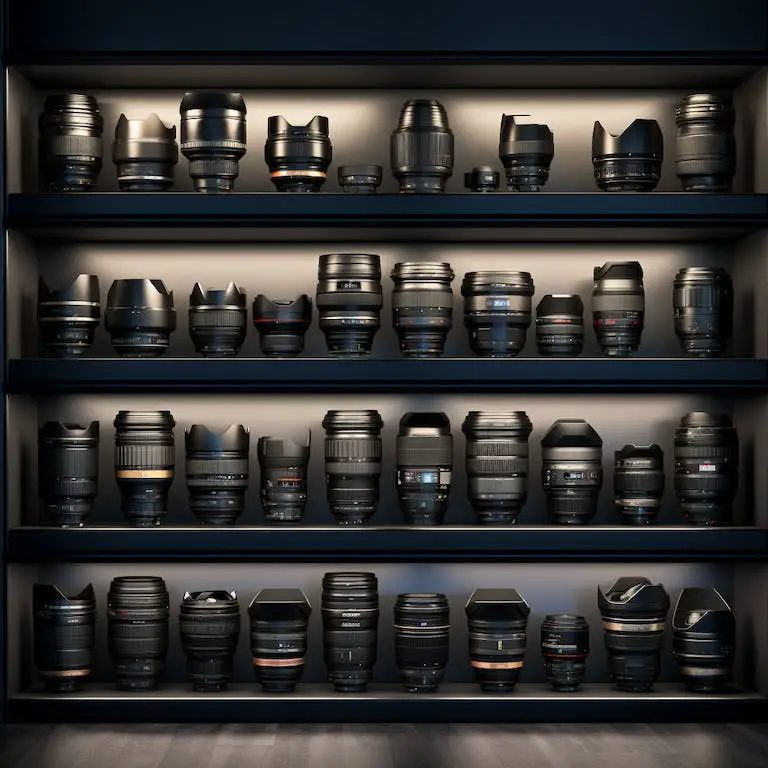
Zoom Lenses for Portrait Photography
There are a few things to take into account when choosing a zoom lens for portrait photography, such as the desired field of view, maximum aperture and focal length. In this article, we’ll go over the best zoom lenses for portrait photography and what makes them great for this type of photography.
One of the most popular zoom lenses for portrait photography is the Nikon AF-S Nikkor 24-70mm f/2.8G ED. This lens is a great all-around lens that can be used for a variety of different photography genres, including landscape, street and of course, portraits.
The Nikon 24-70mm f/2.8G ED features a fast maximum aperture of f/2.8 which is great for low-light shooting and for creating shallow depth-of-field effects. This lens also has a nice wide field of view, making it perfect for shooting groups or tight portraits.
Another great zoom lens for portrait photography is the Canon EF 24-105mm f/4L IS USM. This lens is a bit more specialized than the Nikon 24-70mm f/2.8G ED, as it has a slightly narrower field of view and a slower maximum aperture of f/4.
However, this lens makes up for these shortcomings with its built-in image stabilization, which is great for low-light shooting and for reducing camera shake when shooting handheld. This lens also has a nice long focal length range, making it perfect for shooting everything from close-up portraits to environmental portraits.
So, what lens is best for portrait photography? Ultimately, it depends on your own personal shooting style and what you want to accomplish with your portraits.
If you need a fast lens with a wide field of view, the Nikon 24-70mm f/2.8G ED is a great choice. If you need a lens with built-in image stabilization and a longer focal length range, the Canon EF 24-105mm f/4L IS USM is a great option.
Prime Lenses for Portrait Photography
Prime lenses offer a fixed focal length, which means that you can’t zoom in or out with them like you can with a kit lens. This can be seen as a drawback by some, but for portrait photographers, prime lenses are often the best option.
One of the main reasons prime lenses are so popular for portraiture is that they tend to have wider apertures than zoom lenses. A wider aperture means that you can let in more light, which is great for shooting in low light conditions.
It also allows you to create a shallow depth of field, which is perfect for isolating your subject and making them stand out from the background.
This is a great option for anyone looking for a high-quality prime lens for portrait photography. The 50mm focal length is ideal for portraits, and the maximum aperture of f/1.4 lets in plenty of light for low light photography. Plus, the Sigma 50mm f/1.4 Art DG HSM Lens is compatible with both full frame and APS-C cameras.
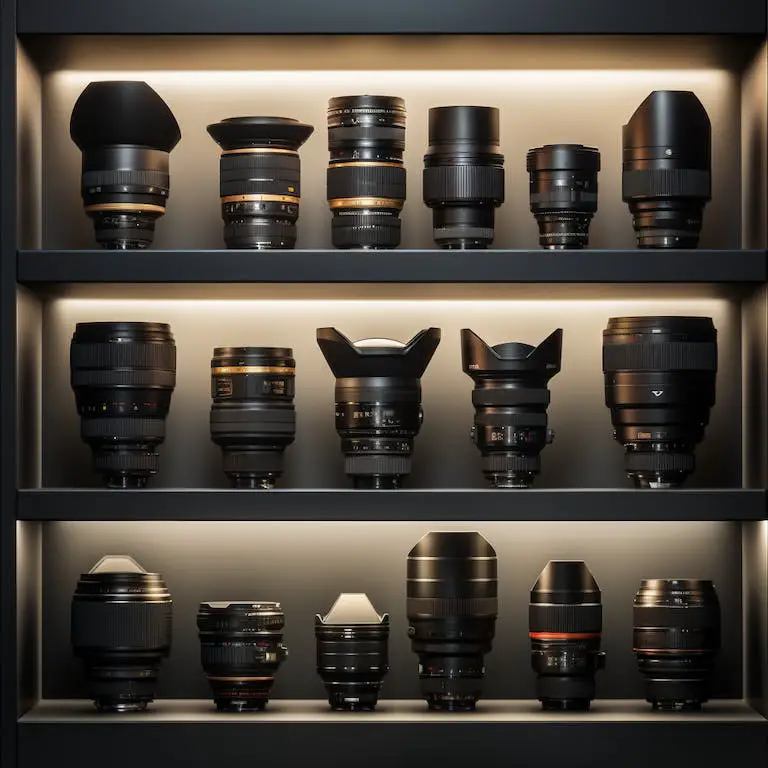
Conclusion:
In conclusion, finding the right lens for portrait photography is a matter of personal preference. There are many different types of lenses available on the market, and each has its own strengths and weaknesses.
Some lenses are better suited for close-up portraits, while others are ideal for full-body shots. Ultimately, it is up to the photographer to decide which lens is best for their needs.
I hope this article has helped you to understand the different types of lenses available for portrait photography, and the pros and cons of each.
As I mentioned earlier, the best lens for portrait photography is the one that best suits your needs. If you’re just starting out, I recommend trying a few different lenses to see which one you like best. And if you’re a seasoned pro, don’t be afraid to experiment with new lenses to see what they can do for your portraits.
One final piece of advice: don’t get too caught up in gear. Yes, lenses are important, but at the end of the day, it’s the photographer’s skill that will make or break a portrait. So whether you’re using a $1000 kit lens or a $10,000 prime lens, make sure you’re using it to its full potential.
FAQs
What is the best focal length for portrait photography?
The ideal focal length for portrait photography often falls within the range of 85mm to 135mm. These lenses provide a flattering compression of features and a natural perspective, allowing you to capture your subject with a pleasing, cinematic quality.
Can I use a kit lens for portrait photography?
While kit lenses can capture decent portraits, investing in a prime lens with a wider aperture (lower f-number) is recommended for better background blur (bokeh) and improved low-light performance. Prime lenses in the 50mm to 85mm range are popular choices.
What does aperture (f-stop) have to do with portrait photography?
A wider aperture (lower f-stop) is beneficial in portrait photography as it allows more light to enter the lens, creating a shallow depth of field. This results in a blurred background, making your subject stand out and giving your portraits a professional look.
Zoom or prime lens: which is better for portraits?
Both zoom and prime lenses can be suitable for portraits. Prime lenses, however, often offer wider apertures, which can enhance the bokeh effect. Zoom lenses provide versatility, allowing you to frame shots without physically moving.
Should I consider the type of camera when choosing a portrait lens?
Yes, the type of camera matters. Full-frame cameras often pair well with lenses in the 85mm to 135mm range, while crop sensor cameras might benefit from lenses with slightly shorter focal lengths, like 50mm to 85mm.
How important is image stabilization for portrait lenses?
Image stabilization can be beneficial, especially when shooting in low-light conditions or using telephoto lenses. However, it’s not a strict requirement for portrait photography, as many portrait sessions are conducted in controlled lighting environments.

